Porsche 2009 Annual Report Download - page 101
Download and view the complete annual report
Please find page 101 of the 2009 Porsche annual report below. You can navigate through the pages in the report by either clicking on the pages listed below, or by using the keyword search tool below to find specific information within the annual report.-
 1
1 -
 2
2 -
 3
3 -
 4
4 -
 5
5 -
 6
6 -
 7
7 -
 8
8 -
 9
9 -
 10
10 -
 11
11 -
 12
12 -
 13
13 -
 14
14 -
 15
15 -
 16
16 -
 17
17 -
 18
18 -
 19
19 -
 20
20 -
 21
21 -
 22
22 -
 23
23 -
 24
24 -
 25
25 -
 26
26 -
 27
27 -
 28
28 -
 29
29 -
 30
30 -
 31
31 -
 32
32 -
 33
33 -
 34
34 -
 35
35 -
 36
36 -
 37
37 -
 38
38 -
 39
39 -
 40
40 -
 41
41 -
 42
42 -
 43
43 -
 44
44 -
 45
45 -
 46
46 -
 47
47 -
 48
48 -
 49
49 -
 50
50 -
 51
51 -
 52
52 -
 53
53 -
 54
54 -
 55
55 -
 56
56 -
 57
57 -
 58
58 -
 59
59 -
 60
60 -
 61
61 -
 62
62 -
 63
63 -
 64
64 -
 65
65 -
 66
66 -
 67
67 -
 68
68 -
 69
69 -
 70
70 -
 71
71 -
 72
72 -
 73
73 -
 74
74 -
 75
75 -
 76
76 -
 77
77 -
 78
78 -
 79
79 -
 80
80 -
 81
81 -
 82
82 -
 83
83 -
 84
84 -
 85
85 -
 86
86 -
 87
87 -
 88
88 -
 89
89 -
 90
90 -
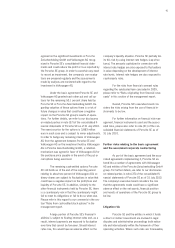 91
91 -
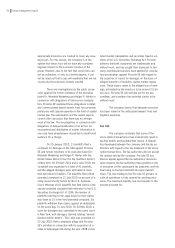 92
92 -
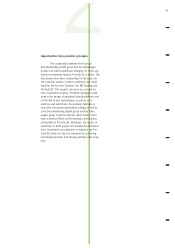 93
93 -
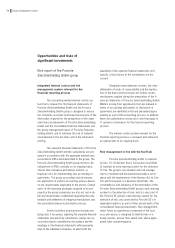 94
94 -
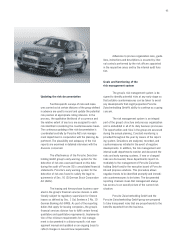 95
95 -
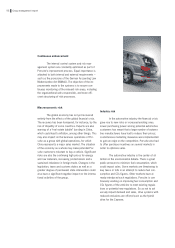 96
96 -
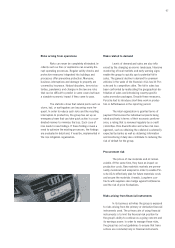 97
97 -
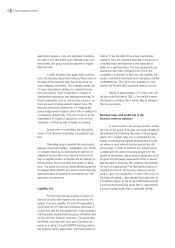 98
98 -
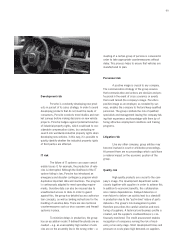 99
99 -
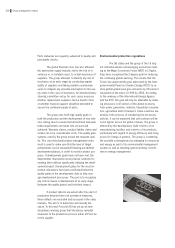 100
100 -
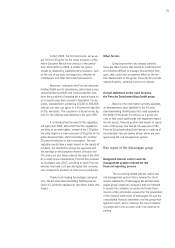 101
101 -
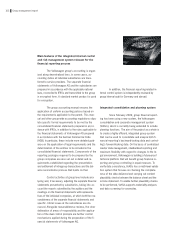 102
102 -
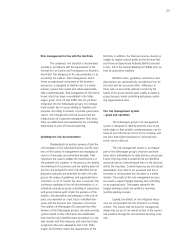 103
103 -
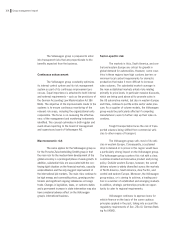 104
104 -
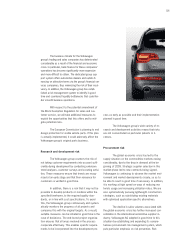 105
105 -
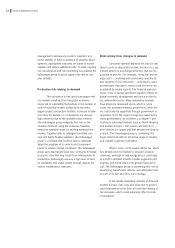 106
106 -
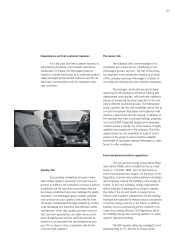 107
107 -
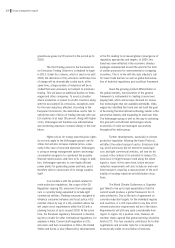 108
108 -
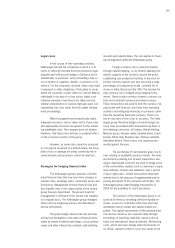 109
109 -
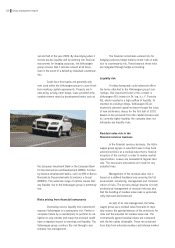 110
110 -
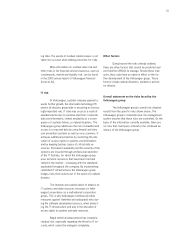 111
111 -
 112
112 -
 113
113 -
 114
114 -
 115
115 -
 116
116 -
 117
117 -
 118
118 -
 119
119 -
 120
120 -
 121
121 -
 122
122 -
 123
123 -
 124
124 -
 125
125 -
 126
126 -
 127
127 -
 128
128 -
 129
129 -
 130
130 -
 131
131 -
 132
132 -
 133
133 -
 134
134 -
 135
135 -
 136
136 -
 137
137 -
 138
138 -
 139
139 -
 140
140 -
 141
141 -
 142
142 -
 143
143 -
 144
144 -
 145
145 -
 146
146 -
 147
147 -
 148
148 -
 149
149 -
 150
150 -
 151
151 -
 152
152 -
 153
153 -
 154
154 -
 155
155 -
 156
156 -
 157
157 -
 158
158 -
 159
159 -
 160
160 -
 161
161 -
 162
162 -
 163
163 -
 164
164 -
 165
165 -
 166
166 -
 167
167 -
 168
168 -
 169
169 -
 170
170 -
 171
171 -
 172
172 -
 173
173 -
 174
174 -
 175
175 -
 176
176 -
 177
177 -
 178
178 -
 179
179 -
 180
180 -
 181
181 -
 182
182 -
 183
183 -
 184
184 -
 185
185 -
 186
186 -
 187
187 -
 188
188 -
 189
189 -
 190
190 -
 191
191 -
 192
192 -
 193
193 -
 194
194 -
 195
195 -
 196
196 -
 197
197 -
 198
198 -
 199
199 -
 200
200 -
 201
201 -
 202
202 -
 203
203 -
 204
204 -
 205
205 -
 206
206 -
 207
207 -
 208
208 -
 209
209 -
 210
210 -
 211
211 -
 212
212 -
 213
213 -
 214
214 -
 215
215 -
 216
216 -
 217
217 -
 218
218 -
 219
219 -
 220
220 -
 221
221 -
 222
222 -
 223
223 -
 224
224 -
 225
225 -
 226
226 -
 227
227 -
 228
228 -
 229
229 -
 230
230 -
 231
231 -
 232
232 -
 233
233 -
 234
234 -
 235
235 -
 236
236 -
 237
237 -
 238
238 -
 239
239 -
 240
240 -
 241
241 -
 242
242 -
 243
243 -
 244
244 -
 245
245 -
 246
246 -
 247
247 -
 248
248 -
 249
249 -
 250
250 -
 251
251 -
 252
252 -
 253
253 -
 254
254 -
 255
255 -
 256
256 -
 257
257 -
 258
258 -
 259
259 -
 260
260 -
 261
261 -
 262
262 -
 263
263 -
 264
264 -
 265
265 -
 266
266 -
 267
267 -
 268
268 -
 269
269 -
 270
270 -
 271
271 -
 272
272 -
 273
273 -
 274
274 -
 275
275
 |
 |
In April 2009, the EU Commission set an up-
per limit of 130 g/km for the mean emissions of the
entire European fleet of new vehicles in the period
from 2012/2015 to 2020. A further ten grams
should be attained by supplementary measures, such
as the use of bio-fuels, low-drag tires, effective air
conditioners and other technical improvements.
Moreover, companies like Porsche Zwischen-
holding GmbH and its subsidiaries, which have a very
special product portfolio and small production runs,
have the possibility of applying for a special ruling so
as to avoid losing their economic foundation. For ex-
ample, manufacturers producing 10,000 to 300,000
vehicles per year can agree to a 25 percent reduction
of CO2 emissions. The calculation is based on the fig-
ures for the vehicles manufactured in the year 2007.
It is intended that the new EU CO2 regulation
will apply until 2020, after which the CO2 regulations
are likely to become tighter. Instead of the 130 g/km,
the initial target is a mean emission of 95 g/km for the
entire European fleet, which translates into a further
25 percent reduction in fuel consumption. The new
regulation would have a major impact on the variety of
products, the distribution among the segments and
the earnings on the European market. Emission and
CO2 levels are also being reduced this way in the USA.
As a small series manufacturer, Porsche has received
an exemption until 2016, according to which Porsche
vehicles may have a 25 percent higher fuel consump-
tion compared to products of other (mass) producers.
Thanks to its leading technologies and prod-
ucts, the Porsche Zwischenholding GmbH group be-
lieves it is perfectly equipped to face these future chal-
lenges.
Other factors
Going beyond the risks already outlined,
there are other factors that cannot be predicted and
are therefore difficult to manage. Should these tran-
spire, they could have an adverse effect on the fur-
ther development of the group. These factors include
natural disasters, epidemics and terror attacks.
Overall statement on the risks faced by
the Porsche Zwischenholding GmbH group
Based on the information currently available,
no developments were identified in the Porsche
Zwischenholding GmbH group that could jeopardize
the ability of the group to continue as a going con-
cern or that could significantly and negatively impact
the net assets, financial position and results of opera-
tions of the group. The overall risk exposure of the
Porsche Zwischenholding GmbH group is made up of
the individual risks presented above, which are man-
aged using the risk management system.
Risk report of the Volkswagen group
Integrated internal control and risk
management system relevant for the
financial reporting process
The accounting-related internal control and
risk management system that is relevant for the fi-
nancial statements of Volkswagen AG and the Volks-
wagen group comprises measures that are intended
to ensure the complete, accurate and timely trans-
mission of the information required for the preparation
of the financial statements of Volkswagen AG and the
consolidated financial statements and the group man-
agement report, and to minimize the risk of material
misstatement in the accounts and in the external re-
porting.
101
